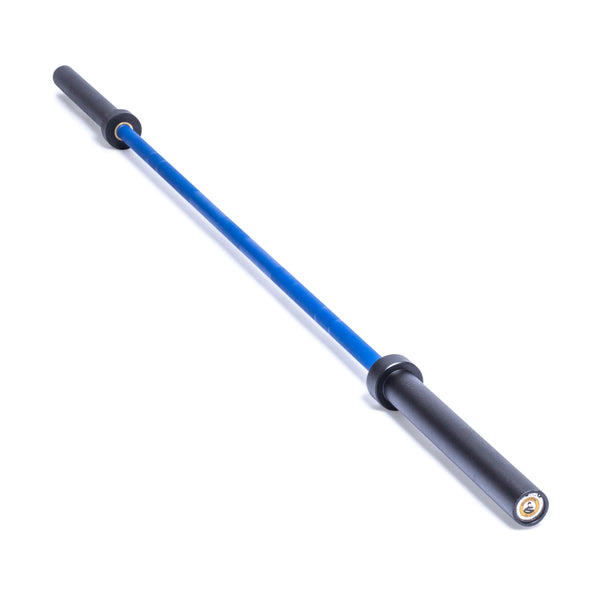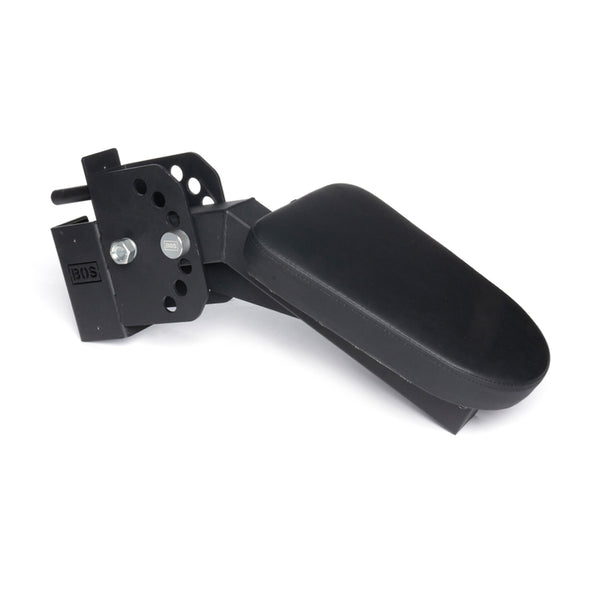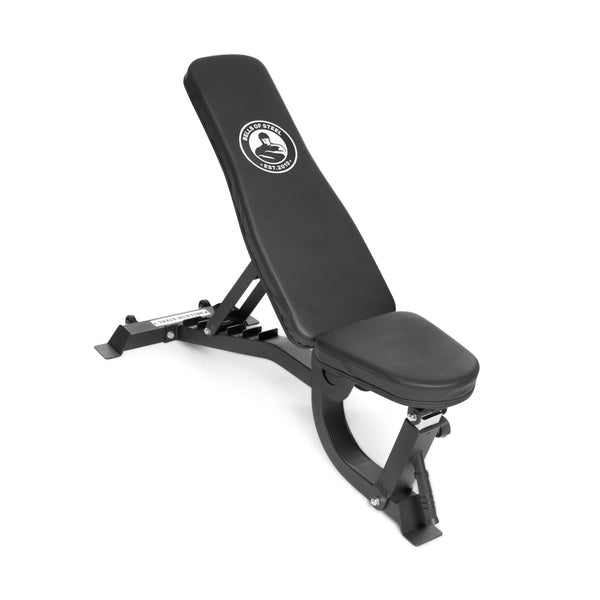Lats
Your latissimus dorsi, or lats for short, are the largest muscles in your back. They run from your lower spine to your upper arms and are responsible for pulling your arms down and back. Seal rows work your lats by making them contract hard when you row the implement to your chest. This helps you develop thickness and width in your back and a nice v-shape.Traps
Your trapezius, or traps for short, are the muscles that run from your neck to your shoulders. They have three parts: upper, middle, and lower. Seal rows work mainly in your middle and lower traps, which help you retract and depress your shoulder blades. This improves your posture and stability and gives you a more defined look.Biceps
Your biceps brachii, which are located on the front of the upper arm, are activated when performing seal rows. The main functions of the biceps brachii are to flex and supinate the forearm at the elbow joint and to weakly flex the arm at the shoulder joint, which happens as you pull the weight up to your chest.Rear Delts
Your rear deltoids, or rear delts for short, are the muscles that sit at the back of your shoulders. Many lifters neglect them, but they are important for balanced shoulder development and health. Seal rows work your rear delts by making them squeeze when you pull the barbell to your chest. This helps you build round and full shoulders and prevent injuries.Forearms
Seal rows work your forearm muscles, which are divided into flexors and extensors. Flexors bend the wrist and fingers, while extensors straighten them. Seal rows involve elbow flexion and forearm supination, activating some flexor muscles, such as the brachioradialis, flexor carpi radialis, and palmaris longus. They also involve some extensor muscles, such as the extensor carpi radialis longus, the extensor carpi radialis brevis, and the extensor digitorum.
If you want to try out seal rows, ensure you have a proper setup, whether you have a DIY version or a professional seal row pad. Start with a lightweight and focus on your form. Then gradually increase the weight as you get stronger. Happy lifting!



